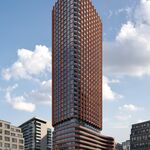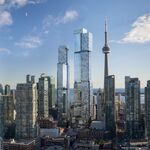It has recently come to light in local media outlets that the existence of Toronto's beloved 401 Richmond—an artists' enclave in the heart of the Entertainment District—is threatened by a massive increase in property taxes that will force the building's tenants out of the property. The reassessed value of the building will cause property tax to nearly triple by 2020, the effects of which are already being felt. The news broke in The Toronto Star last week, which was followed by an eloquently worded editorial by Ed Keenan analyzing the building's predicament.
However, the situation that 401 Richmond currently finds itself in is not a unique scenario, but rather represents a common conundrum faced by heritage properties across the city. Similar situations of skyrocketing property taxes have affected heritage buildings in the Downtown core, and are currently being felt in places like the historic mansions along Jarvis and Sherbourne Streets, or the properties along Dupont Street, Yonge Street, and Queen Street West.
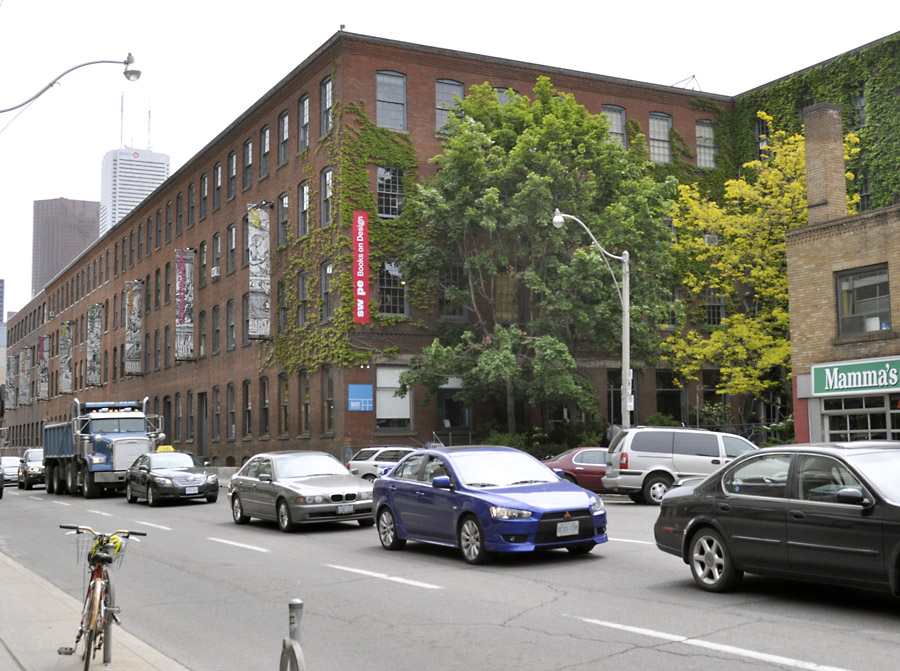 View of 401 Richmond, image by William Kimber.
View of 401 Richmond, image by William Kimber.
To understand why heritage buildings are suffering under tax burdens, we first need to take a look at how land is typically assessed and taxed in Ontario. Property taxes are directly related to the market value of the property, which in Ontario is determined by the Municipal Property Assessment Corporation (MPAC), an independent not-for-profit corporation directed by a Board of Governors whose 15 members are comprised of public, municipal, and provincial representatives. MPAC was founded in 1998 under Mike Harris' Conservative government as a method to unify property assessment across the province, which until then had differed locally according to municipal and provincial legislation.
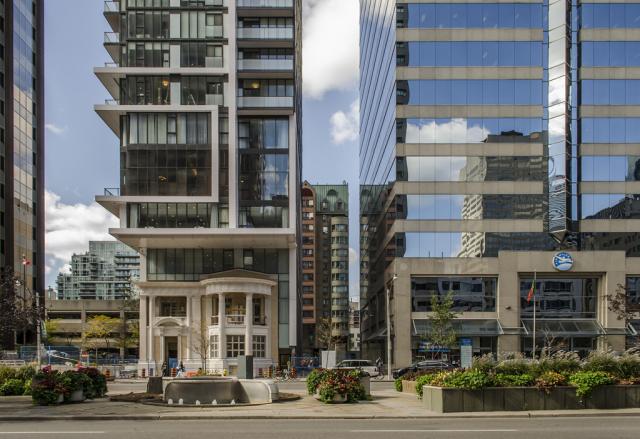 The Residences at RCMI, image by Jimmy Wu.
The Residences at RCMI, image by Jimmy Wu.
The main issue surrounding property assessment is the concept of "highest and best use," a common method of determining the value of a property by analyzing its potential for income generation. A property that is determined to not be of its current highest and best use—whether it is an underdeveloped or vacant plot of land, or a low-rent building like 401 Richmond that could yield a higher revenue—is then valued through a calculated speculation of what use would yield the highest return of income for that property.
Highest and best use is determined by four main tests or factors, usually applied sequentially:
- What is legally permissible, which refers to the uses that are allowable on the site based on zoning by-laws, land use planning, official plans, and so on.
- What is physically possible, or simply put, how much can fit on the site based on its area and location.
- What is financially feasible, a process that compares the current income of the property against the income of a speculated redevelopment of the property to determine which is more profitable.
- And finally, what is its maximally productive use, an analysis of all profitable options for use of the site to determine the use that will yield the highest net income for the developer.
In theory, this is an effective way of forcing owners of vacant lots or valuable underused land to redevelop their property into a more productive use. However, there is one major oversight in the process, in that the cultural and heritage value of the existing property, and the consequent intangible benefits that building contributes to the city, are not taken into account when assessing the property's potential value.
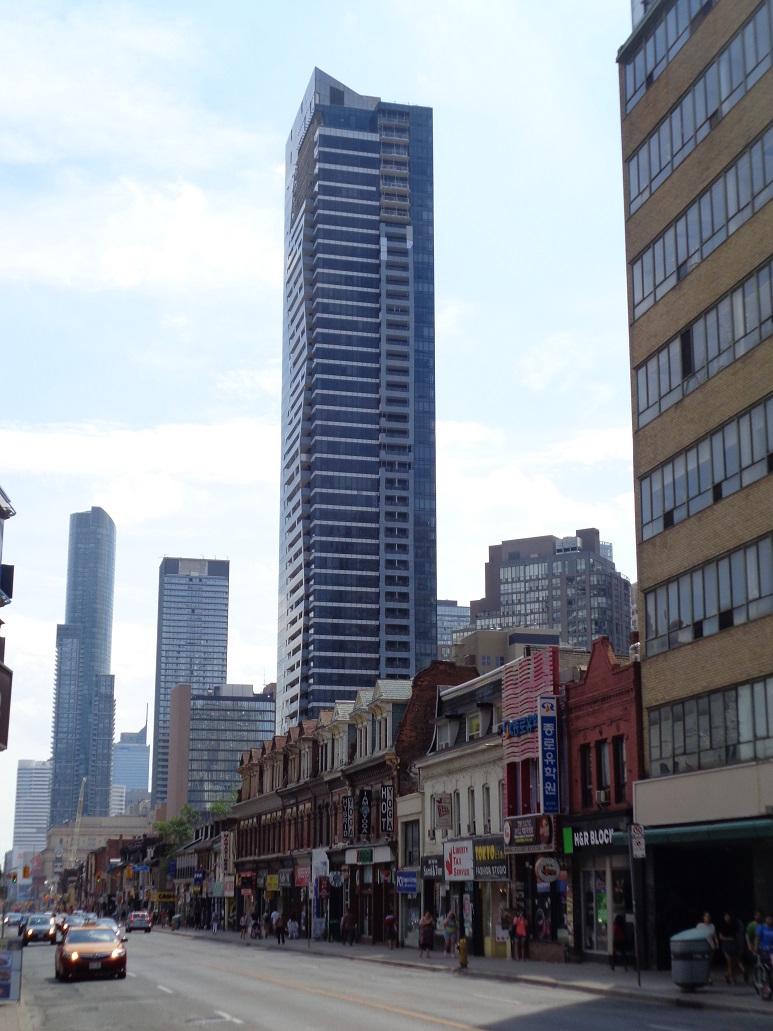 A view down Yonge Street, image courtesy of Forum contributor Miscreant.
A view down Yonge Street, image courtesy of Forum contributor Miscreant.
Heritage buildings are disproportionately affected by this process. Older building stock presents a cheap, affordable option for start-up businesses and social, creative enterprises, which are most often the demographics that fuel gentrification in derelict historic neighbourhoods. Once the area becomes desirable and development pressure mounts, these same heritage properties are assessed as being underused sites based on the heightened market value of surrounding land. The land value consequently rises, followed by rising property taxes, to the point where the income generated by the heritage property can no longer support the tax burden, and the owner is either forced to sell or redevelop the site.
In this way, the gentrifier becomes the gentrified, and the same heritage properties that kickstarted the renaissance of a neighbourhood are forced to be demolished and replaced by more profitable buildings.
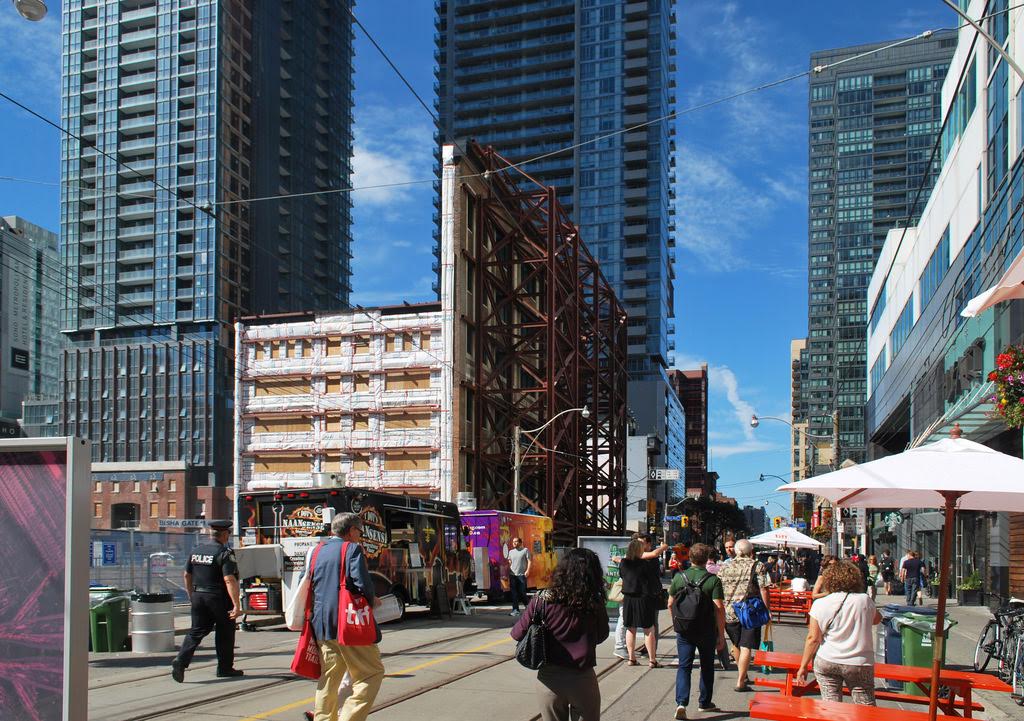 The retained facade of the Westinghouse Building at King Blue Condos, image by Marcus Mitanis.
The retained facade of the Westinghouse Building at King Blue Condos, image by Marcus Mitanis.
There's a simple solution to this problem: offer tax breaks for heritage-designated properties to preserve the affordability of these buildings and save them from demolition. There are currently no provisions at the provincial or federal level to account for the heritage value of a property: all properties are treated equally, regardless of any cultural significance.
This issue is nothing new, and the solution is not without precedent. South of the border, 31 states have some form of tax credit for the rehabilitation of heritage properties, typically ranging between 20 and 30%, with varying success depending on the criteria for eligibility and the credit cap imposed. At the United States federal level, a 20% tax credit is offered for the rehabilitation of heritage-designated properties, while a 10% credit is offered for work on buildings simply based on their age, with the stipulation that at least 75% of the internal structural framework must remain in place.
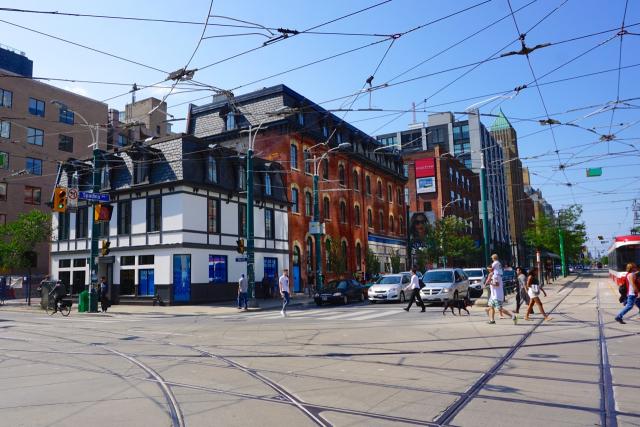 The rehabilitated site of the former Global Backpackers Hostel, image by Julian Mirabelli.
The rehabilitated site of the former Global Backpackers Hostel, image by Julian Mirabelli.
Some steps have been taken here in Toronto to try and mitigate the issues. Tax rebates are available for heritage property owners who carry out restoration or maintenance work on their building. As well, in December 2015, Toronto City Council issued a formal request to the province asking that heritage properties be placed in a new tax assessment bracket outside of the market-driven highest and best use methodology. The province did not respond to the request.
At the federal level, York-Simcoe MP Peter Van Loan recently introduced a Private Member's Bill in the House of Commons proposing an income tax credit for the rehabilitation of an historic property of as much as 25 to 50% of the capital cost of the work. Bill C-323 as it is known builds off of a successful pilot project called the Commercial Heritage Properties Incentive Fund that was carried out across Canada between 2001 and 2008. As well, the National Trust for Canada recently released a report recommending "ongoing property tax relief" at the provincial level as a way to encourage heritage development.
 King + Condos under construction, image by Craig White.
King + Condos under construction, image by Craig White.
Needless to say, a lot more needs to be done at all levels of government to provide solutions to the property tax problems of heritage buildings. These structures are not only valuable as landmarks of our history and culture, but also as incubators for the city's rich cultural and arts scene. A property's "highest and best use" shouldn't necessarily be the use that reaps the highest profits from the land. Sometimes the intangible contributions of a property provide invaluable benefits beyond its dollar value, a concept the taxman has yet to grasp.

 2.5K
2.5K 

























